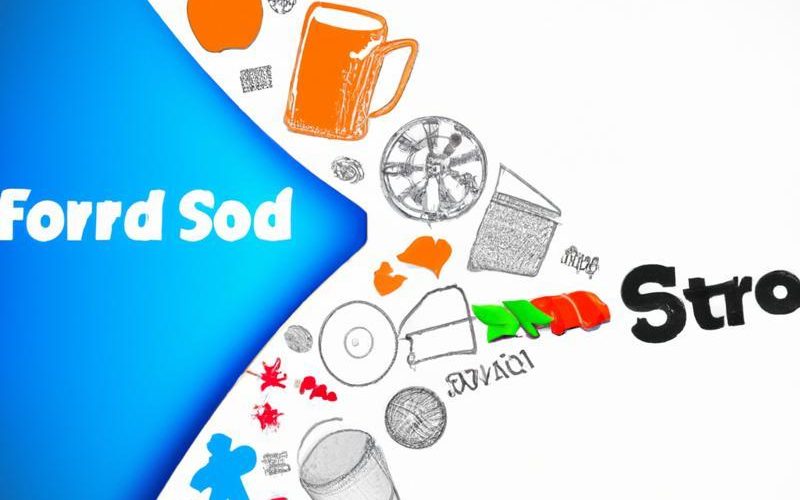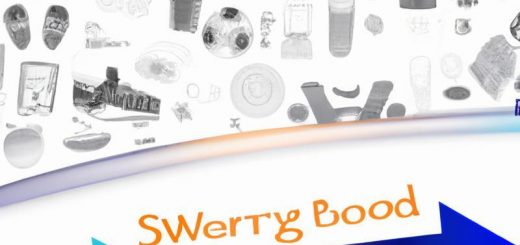What are Hydrocolloid Bandages?

- Applications of Hydrocolloid Bandages
- Benefits of Hydrocolloid Bandages
- Challenges of Hydrocolloid Bandages
- Real-World Examples
- Actionable Advice
- – Choose a brand with good reviews and consult with your healthcare provider if unsure.
- – Ensure the wound is clean and dry before applying the bandage.
- – Change the bandage every 3-5 days or as directed by your healthcare provider.
- – If you experience any adverse reactions or the wound does not show signs of improvement, seek medical advice.
What are Hydrocolloid Bandages?
Hydrocolloid Bandages: The Ultimate Guide to Understanding and Utilizing This Miracle Wound Care Product
Wounds are a common occurrence in our daily lives, whether it be a simple paper cut or a more serious injury. And while our bodies have an amazing ability to heal themselves, sometimes they need a little extra help. This is where hydrocolloid bandages come in. These seemingly ordinary bandages have revolutionized the wound care industry with their unique properties and benefits. In this comprehensive guide, we will delve into the world of hydrocolloid bandages, exploring their definitions, applications, benefits, and challenges. So let’s dive in and discover everything there is to know about this remarkable wound care product.
What are Hydrocolloid Bandages?
Hydrocolloid bandages are advanced wound dressings that have been specially designed to promote healing in various types of wounds. They consist of a flexible, adhesive outer layer and an inner layer made of a gel-forming material such as pectin or gelatin. When placed on a wound, the bandage creates a moist environment that helps to speed up the healing process.
Applications of Hydrocolloid Bandages
Hydrocolloid bandages were first introduced in the 1980s and have since become an essential tool in wound care management. They are commonly used for treating minor burns, cuts, scrapes, blisters, pressure ulcers, and diabetic foot ulcers. These bandages can also be used on surgical wounds and can help reduce scarring by keeping the wound moist and promoting faster healing.
Benefits of Hydrocolloid Bandages
One of the biggest advantages of hydrocolloid bandages is their ability to create a moist environment for wounds to heal. This helps prevent scab formation, which can delay healing and increase the risk of scarring. The gel-forming material also absorbs excess fluid from the wound while still allowing oxygen to reach the wound bed. This helps to prevent infection and promote tissue regeneration.
Another benefit of hydrocolloid bandages is their ability to conform to the shape of the wound, providing a snug fit that helps keep out dirt and bacteria. This makes them ideal for use on wounds in hard-to-reach areas, such as the elbows or knees. Additionally, hydrocolloid bandages are waterproof, making them suitable for use in the shower or while swimming.
Challenges of Hydrocolloid Bandages
While hydrocolloid bandages offer numerous benefits, there are also some challenges associated with their use. One common issue is skin irritation or allergic reactions due to the adhesive used in the bandage. This can be minimized by choosing a hypoallergenic option or using a barrier cream around the wound before applying the bandage.
Another challenge is that hydrocolloid bandages may not be suitable for heavily exuding wounds as they can become saturated quickly and lose their effectiveness. In these cases, a more absorbent dressing may be necessary.
Real-World Examples
The effectiveness of hydrocolloid bandages can be seen through real-world examples. In one study published in The Lancet, researchers found that using hydrocolloid dressings on pressure ulcers resulted in faster healing times compared to traditional dressings. Similarly, a study published in Wound Repair and Regeneration showed that hydrocolloid dressings were effective in promoting healing and reducing pain for patients with diabetic foot ulcers.
Actionable Advice
If you are considering using hydrocolloid bandages for your wound care needs, here are some practical tips to keep in mind:
– Choose a brand with good reviews and consult with your healthcare provider if unsure.
– Ensure the wound is clean and dry before applying the bandage.
– Change the bandage every 3-5 days or as directed by your healthcare provider.
– If you experience any adverse reactions or the wound does not show signs of improvement, seek medical advice.
In conclusion, hydrocolloid bandages are a game-changer in the wound care industry. They offer numerous benefits and have been proven effective in promoting healing for various types of wounds. However, it is essential to consult with a healthcare professional for proper usage and to address any potential challenges. With their unique properties and versatility, hydrocolloid bandages are a must-have in any first aid kit.



